1
HOME > Trends >
WHY MENSWEAR IS RETURNING TO THE 1950S
Written by Ivan Yaskey in Trends on the 9th March 2022
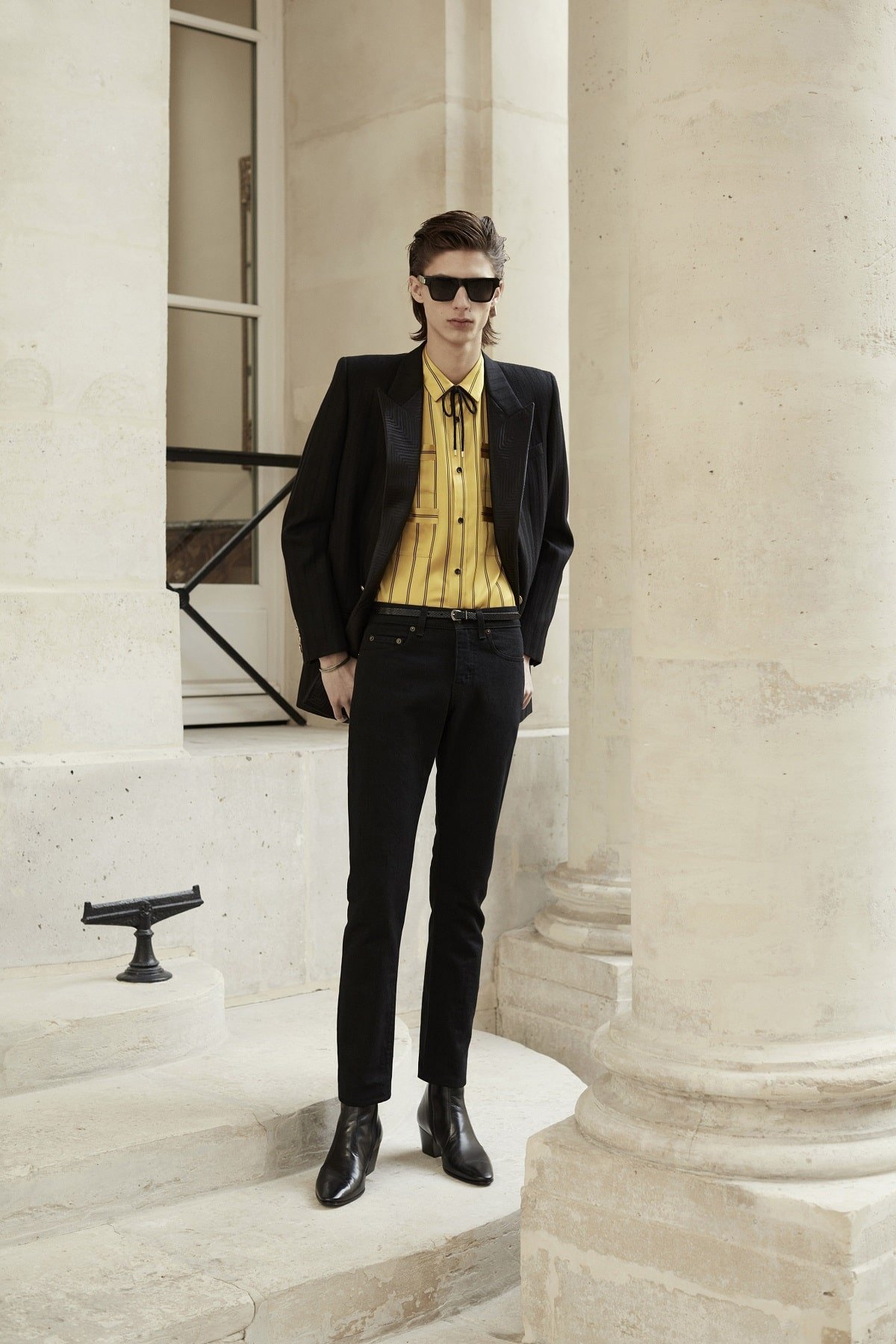
When we speak of the 1950s in the present, it’s nearly always through an Americanised perspective – part post-World War II prosperity, part extreme conservatism, and part glory days of Hollywood and its vast pop culture influence. The confluence of culture and style caused what we now consider the teenage years to emerge and planted the seeds of various subcultures – from beatniks to greasers to what we now call the high school jock. Decreased rationing and affordable-in-relation-to-income costs resulted in greater consumerism during these decades: In the US, this combination drove the emergence of suburbs and their uniformity, frequently symbolised by Levittown communities, as well as more accessible style. Yet, fast fashion would take at least a decade to materialise: This era saw casual garments become an alternative to the office-centric suit, and more fabric options – including polyester, madras, jersey, and finer, more easily produced knits – contributed to this feel. More money meant more opportunities to travel and more experimentation, thus leading to wider adoption of the Hawaiian or aloha shirt and other similar garments.
Although we’re decades beyond, fashion periodically returns to this point, partially out of its inherently cyclical nature and partially as designers revisit classic silhouettes. Pointed collars and polyester exaggerated these principles by the 1970s, the 1980s reworked both Hawaiian-style shirts and casual suiting, and into 2022, menswear has opted to appropriate many of these familiar forms. Yet, this time around, it’s not so much admiration or nostalgia but an acknowledgement that much of what we perceive as classic, timeless, and minimalist goes back to this contentious decade. Understand how the 1950s shaped our present interpretation of menswear and how designers have started revisiting it.
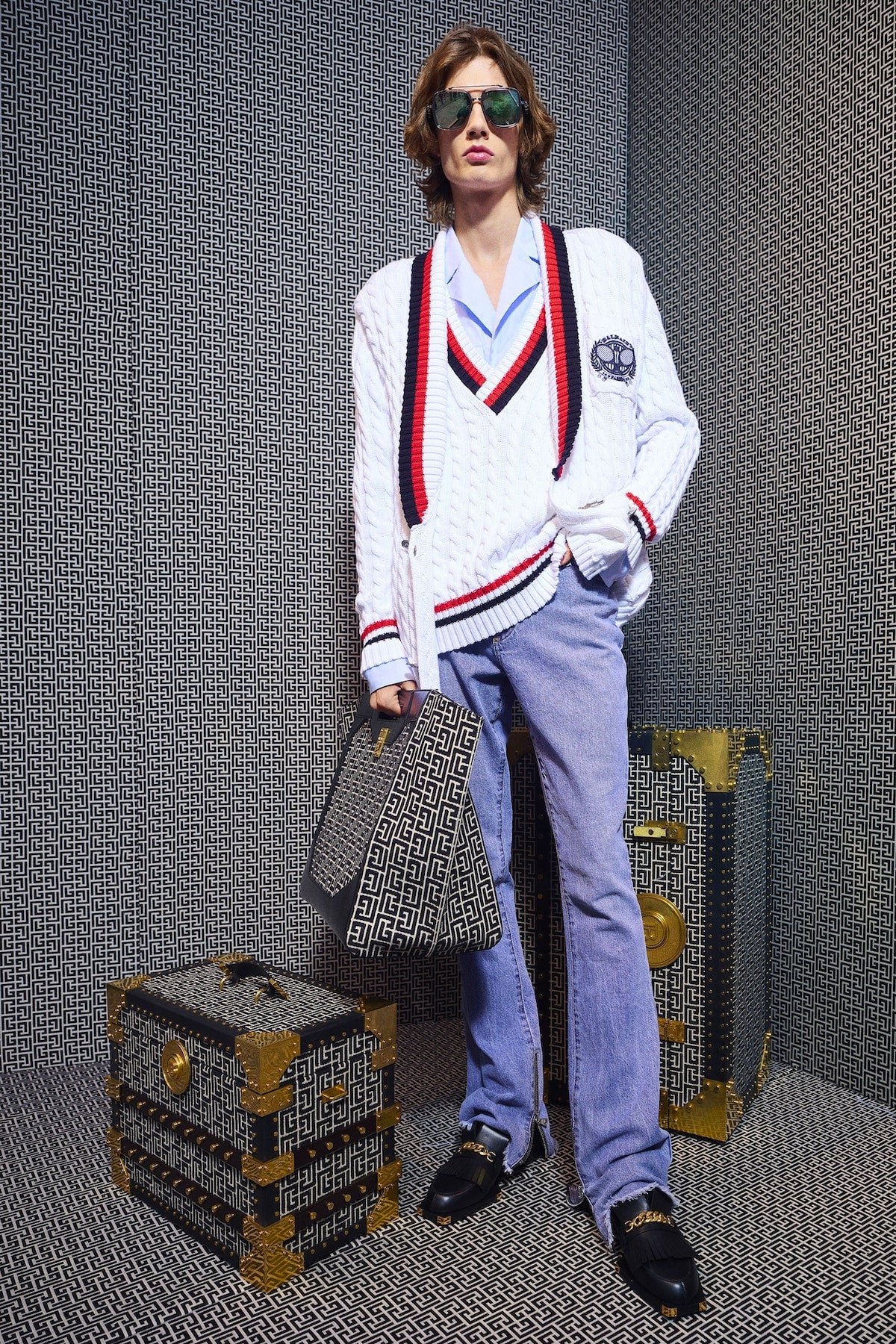
What is 1950s Menswear?
The era’s seminal and often youth-centric films like Rebel Without a Cause and The Wild One give us a snapshot of the suit-centric 1930s and 1940s dressing down to t-shirts and jeans by the 1950s, while novel On the Road is said to celebrate both the period’s emerging counterculture ethos and signify menswear’s ongoing obsession with workwear. Yet, you can’t always trust what’s on screen. While cinema introduced anti-conformist teenage and young adult protagonists, American television hammered down the importance of the nuclear family and strict gender roles. Menswear during this period leaned more toward the latter while taking advantage of increasing fabric production and middle-class Americans’ disposable income leading to more leisure time. Added to this last point, much of the garments introduced during the 1950s started to factor in comfort more so than they did during the previous few decades. However, social uniforms – think suits and hats as you’re out and about – weren’t done away with completely and, in fact, were refined somewhat during this era.
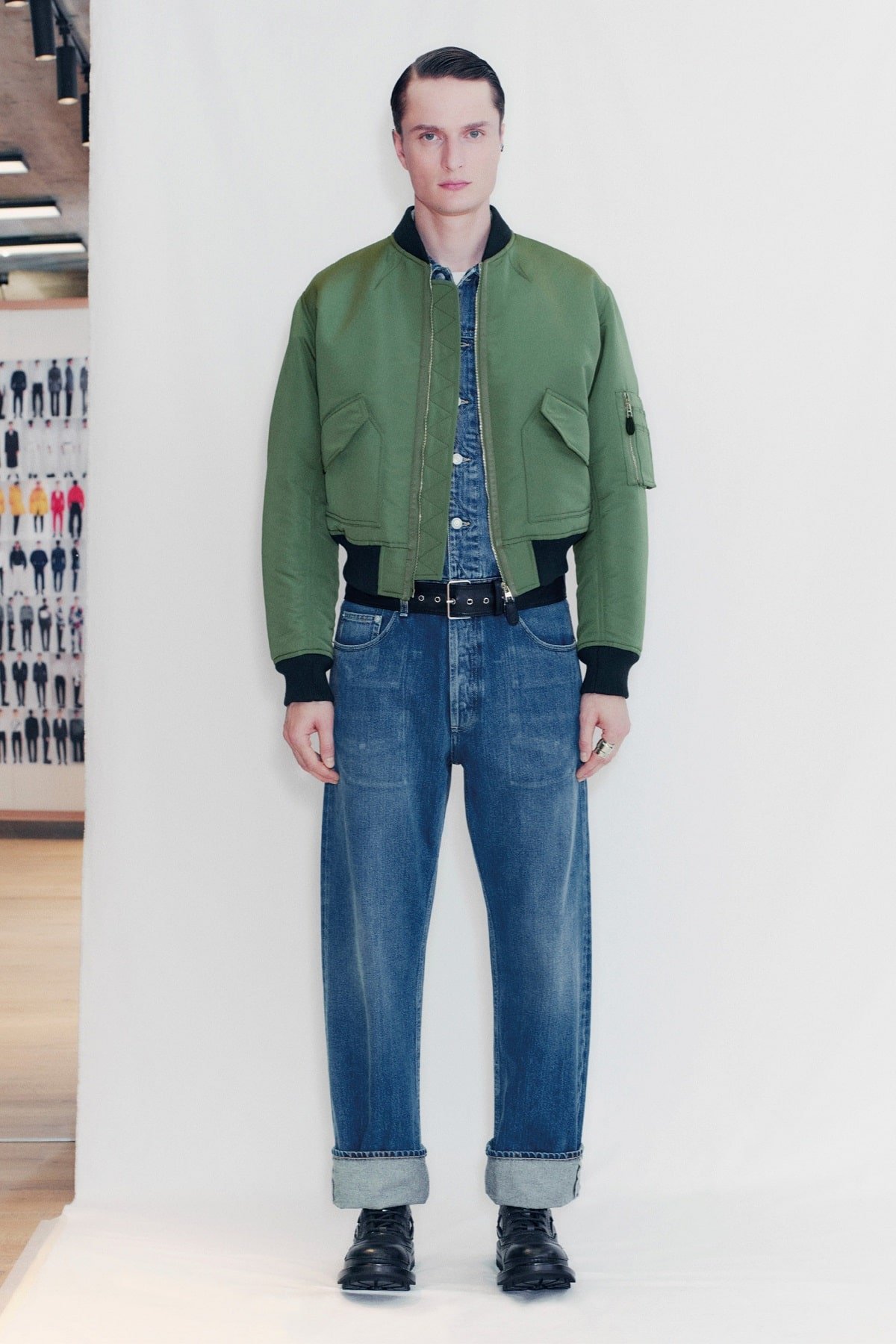
Changes in Shirting
Much of what we perceive as the button-down shirt has its roots in the 1950s. In previous decades, collars needed to be attached; by the 1950s, consumers started seeing more shirts with a pointed collar sewn in. In response, attachable collars were reserved for the most formal functions. Similarly, cufflinks were no longer de rigueur; instead, more and more men’s shirts began to feature barrel cuffs. Along with this development, the decade saw an explosion of “casual” collars and shirt constructions intended for leisure – whether that was after-work dressing, vacationing, or heading to the local golf course. Among the styles to take hold, at least within the scope of suburban American middle-classness, was the double-notch collar, also called a Cuban or camp collar. Worn out, it had two rounded points; the lower notch, however, could be buttoned with a loop to create the shape of a traditionally collared shirt. This format, plus increased vacationing and coloured fabrics, spearheaded wide-spread adoption of the Hawaiian shirt. Further on the subject of casual shirting, more efficient knitting technology and the advent of synthetic fibers resulted in more knit materials in stores. For cooler weather, this meant more sweaters, including V-neck sweater vests, cardigans, pullovers, and, for American high school athletes, letterman sweaters. For casual dressing, knits could be capped with a collar, resulting in wider wear of polo shirts and, for leisure, golf shirts. Detailed on film, the 1950s further elevated the t-shirt above its prior undergarment status, offering the ultimate degree of rebellious casual that, at least for the time, flew in the face of literal buttoned-up conformity.
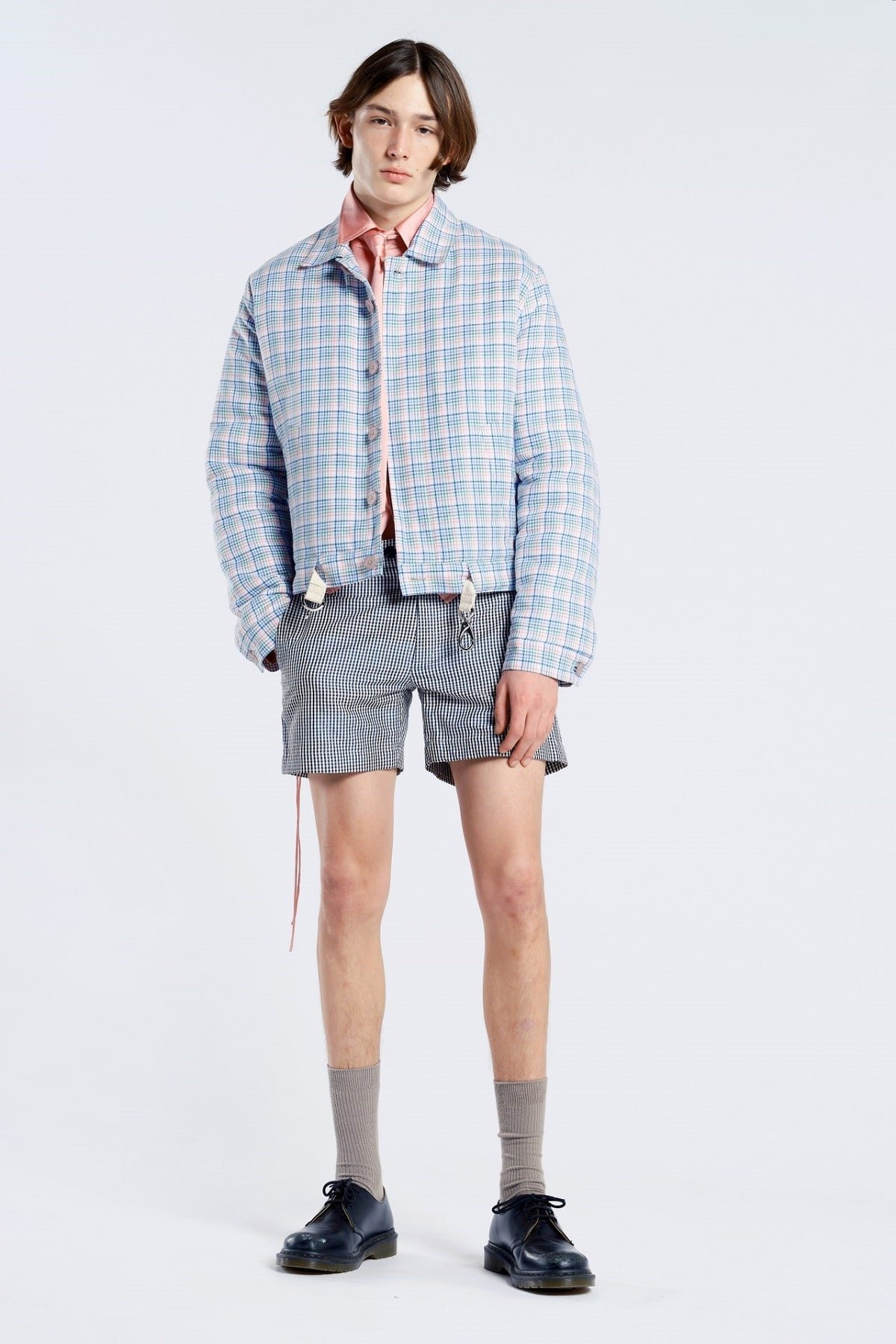
Suiting, Jackets, and Trousers
What we now consider the quintessential formalwear suit came about during the 1950s. Up to this point, “sack”-style American suiting – essentially, bagging all over and no darting – dominated but began to see slimmer, Italian-made alternatives emerge that gained a degree of popularity among upper-class men. To the other end, suiting and trousers – two staples of everyday dressing – also met their dressed-down counterparts in the form of sports jackets, featuring a more unstructured, softer fit – and trousers made of lightweight, more flexible materials like linen or polyester with tapered and creased or pleated forms. As well, suspenders officially lost their appeal during this period, replaced by thinner leather belts, and more men started to wear shorts – albeit with socks still hiked up to the knee. Similarly, more men began wearing casual, midweight jackets. The red Harrington James Dean sports in Rebel Without a Cause is one of the most notable, as is the leather jacket Marlon Brando wore in The Wild One. Between these and other styles, most took inspiration from the MA-1 bomber, using nylon or gabardine and featuring an open collar, or its lined leather predecessors.
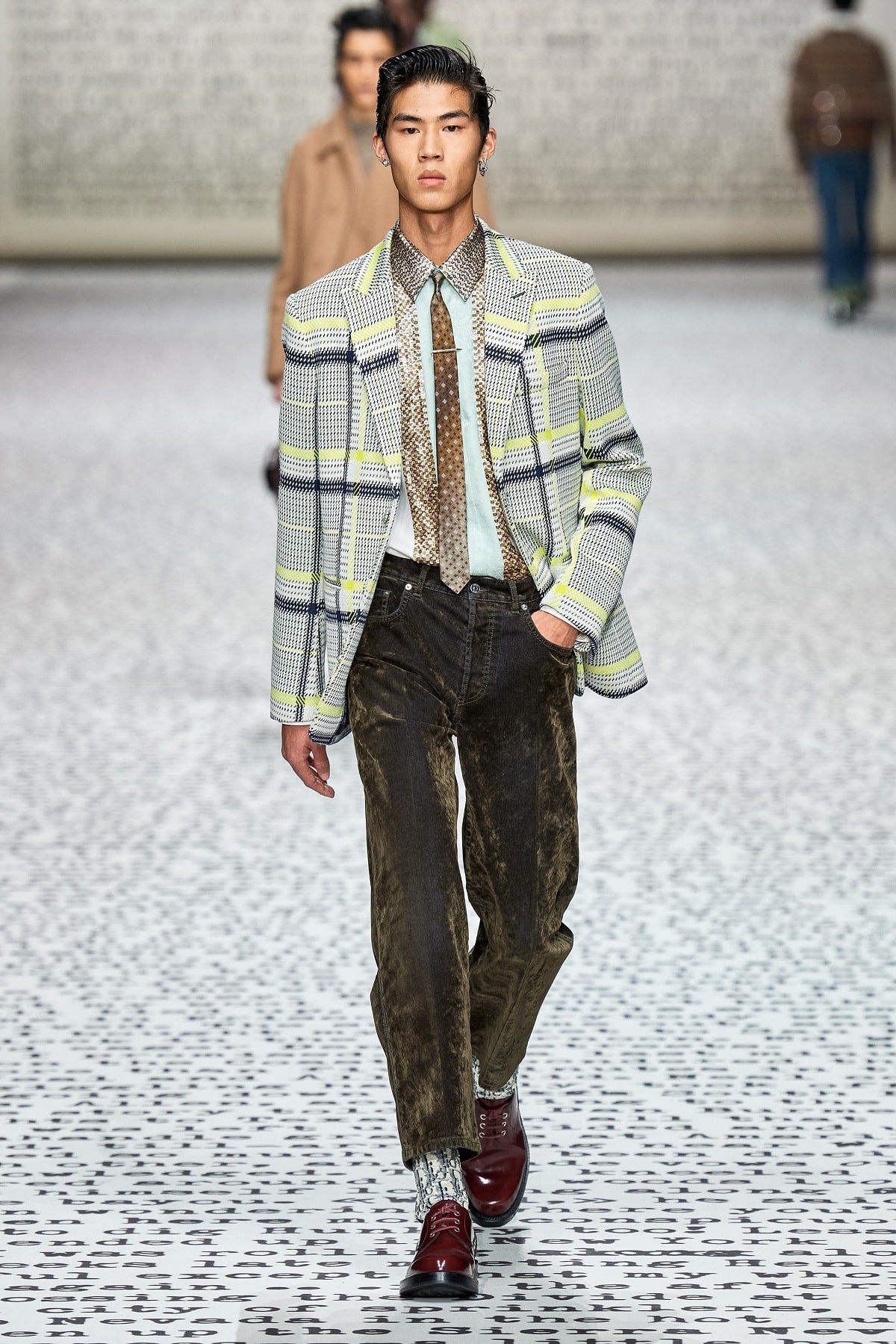
The 1950s Through 2021-2022
We tend to approach the 1950s overall through a prudish American lens that we’ve since evolved from. While that’s more than the case culturally, menswear occasionally dabbles with these silhouettes in both their original and more exaggerated (read: ‘70s-esque) forms. These past few seasons touch on both interpretations. To one end, Covid-19 caused many to revisit their wardrobes and the longevity of fashion, and in this direction, classicism tends to loop back to pieces that gained a degree of widespread appeal over the 1950s. Specifically, the current dominant warm-weather menswear silhouette – double-notch collar shirt paired with higher-waist pleated trousers, perhaps with a bomber or Harrington – pays tribute to this era while receiving a touch of exaggeration through brighter prints and oftentimes a wider cut. Into autumn, the same sentiment prevails through the abundance of knits, including sweater vests and cardigans. Between this, revisiting the polo and golf attire mirrors the 1950s taking casual fashion mainstream. Although the 1950s’ perspective feels formal and quaint in comparison to today’s suit separates and smart-casual office dress codes, our present reveals a dichotomy between athleisure and more elevated styles that, again, takes us back to their 1950s foundation.
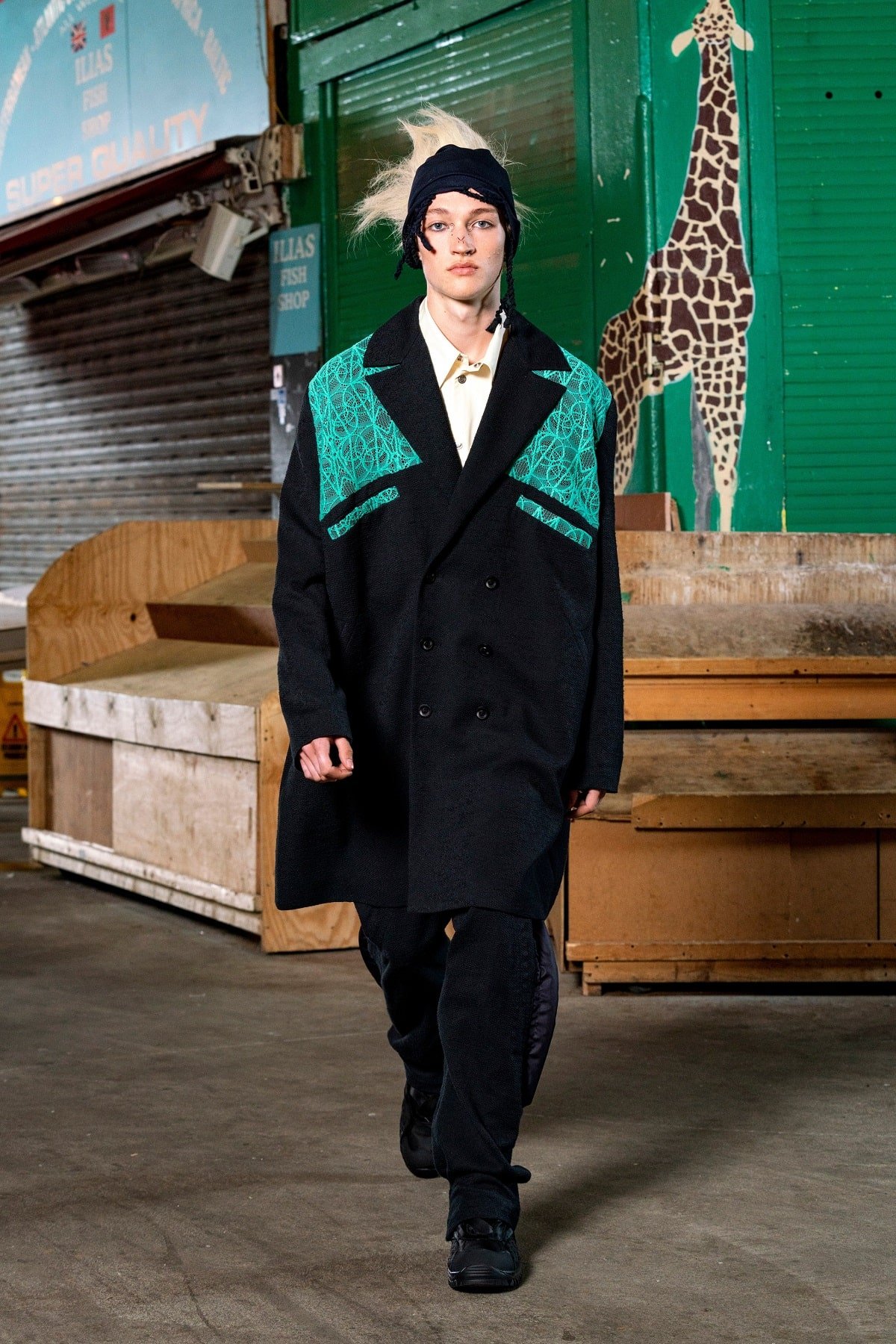
For a few examples, Daniel W. Fletcher took inspiration from his Scottish grandmother to create a military-influenced yet tailored array of 1950s-referencing garments that veer away from expectations with geometric prints, some tartan, and hand-painted denim. As well, for AW21, Saint Laurent revisited the 1950s through the 1980s, considering their looser connection that isn’t always evident today. You spot that in a cavalcade of colourful patterned knits that play off slimmer, tailored silhouettes and timeless leather and denim construction. Dior Men’s Pre-Fall 2022 takes the counterculture route, rolling out direct references to On the Road and the Beatnik generation through author-themed prints paired against some of the era’s more quintessentially casual silhouettes. Kiko Kostadinov, meanwhile, goes for a more distorted perspective with his SS22 offering that’s easy to mistake as pure 1970s. But, from the sci-fi angle that’s reminiscent of space-age movies to the silhouettes that have been distressed and distorted, you loosely see its foundation and how menswear has evolved from this platform.

Trending
2
3
4
5
6
7
8
9
10










